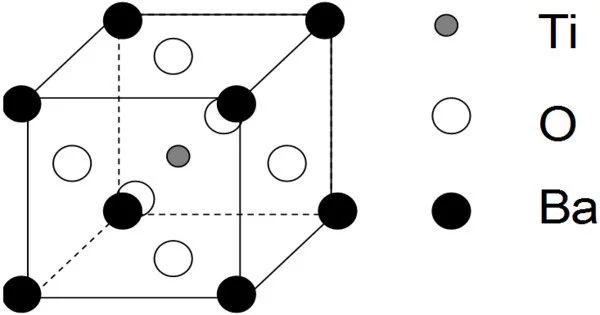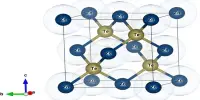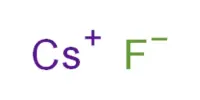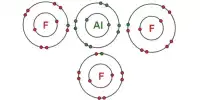Barium Titanate is an inorganic compound with the chemical formula BaTiO3. When prepared as large crystals, barium titanate appears white as a powder and is transparent. The photorefractive effect is exhibited by a ferroelectric, pyroelectric, and piezoelectric ceramic material. Capacitors, electromechanical transducers, and nonlinear optics all make use of it.
It dissolves in a wide range of acids, including sulfuric, hydrochloric, and hydrofluoric acids. It is not soluble in alkalies or water. It is an electrical insulator in its pure form. However, it becomes semiconducting when doped with small amounts of metals, most notably scandium, yttrium, neodymium, samarium, and others.
Properties
This inorganic compound is available as transparent large crystals and as a white powder. The molar mass of this substance is 233.192 g/mol. The density of this chemical compound is 6.02 g/cm3 in solid state and 6.08 g/mL in liquid state at 25 °C. The melting point for this substance is 1625 °C. It has a hardness of 5 in Mohs scale.
- Chemical formula: BaTiO3
- Molar mass: 233.192 g
- Appearance: White crystals
- Odor: Odorless
- Density: 6.02 g/cm3, solid
- Melting point: 1,625 °C (2,957 °F; 1,898 K)
- Solubility in water: Insoluble
- Solubility: Slightly soluble in dilute mineral acids; dissolves in concentrated hydrofluoric acid
- Crystal structure: Tetragonal, tP5
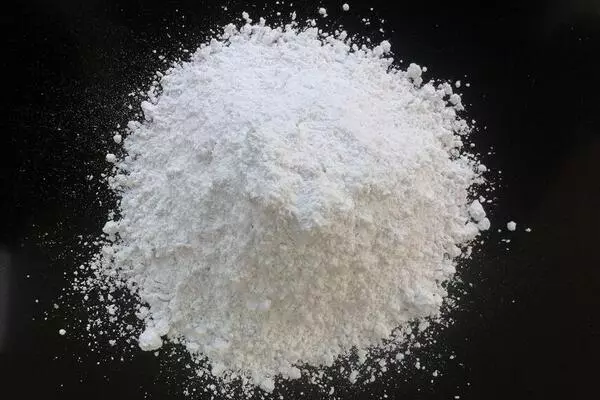
Structure
Depending on the temperature, the solid can exist in one of four polymorphs. The four polymorphs’ crystal symmetries are cubic, tetragonal, orthorhombic, and rhombohedral from high to low temperature. Aside from the cubic phase, all of these phases exhibit the ferroelectric effect. The high temperature cubic phase is the simplest to explain because it is made up of regular corner-sharing octahedral TiO6 units that form a cube with O vertices and Ti-O-Ti edges.
Ba2+ is at the center of the cube in the cubic phase, with a nominal coordination number of 12. Lower symmetry phases, which involve Ti4+ movement to off-center positions, are stabilized at lower temperatures. The remarkable properties of this material result from the Ti4+ distortions cooperating.
Production
Titanium dioxide and barium carbonate are heated to produce barium titanate. This reaction occurs via liquid phase sintering. Single crystals of Barium titanate can be formed from molten potassium fluoride at temperatures around 1100 °C.
The relatively simple sol-hydrothermal method can be used to produce barium titanate. Heating barium carbonate and titanium dioxide can also produce barium titanate. The reaction is carried out through liquid phase sintering. Single crystals of molten potassium fluoride can be grown at around 1100 °C. Other materials, such as Sr, are frequently used as dopants to form solid solutions with strontium titanate. It reacts with nitrogen trichloride to form a greenish or gray mixture that retains the ferroelectric properties of the original.
Uses
With dielectric constant values as high as 7,000, barium titanate is a dielectric ceramic used in capacitors. Values as high as 15,000 are possible over a narrow temperature range; most common ceramic and polymer materials have values less than 10, while others, such as titanium dioxide (TiO2), have values between 20 and 70.
It’s a piezoelectric material that’s commonly found in microphones and other transducers. At room temperature, the spontaneous polarization of barium titanate single crystals ranges between 0.15 C/m2 in earlier studies and 0.26 C/m2 in more recent publications, with a Curie temperature between 120 and 130 °C.
- It can be used as an electrical insulator in its purest form.
- The compound is used in capacitors as a dielectric ceramic material.
- It is also be used as a piezoelectric material in microphones and other transducers.
